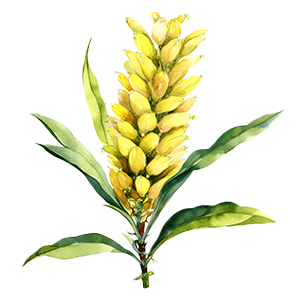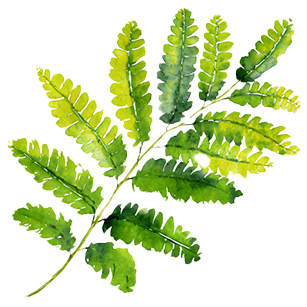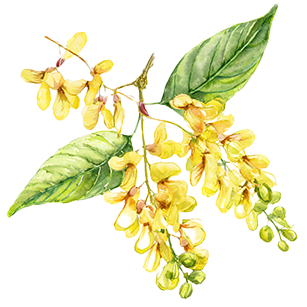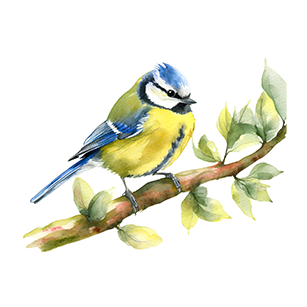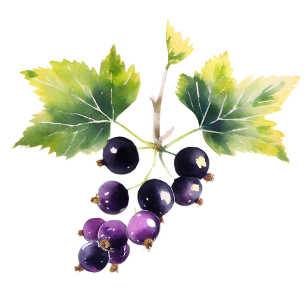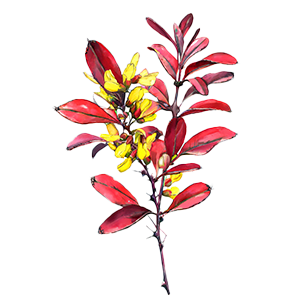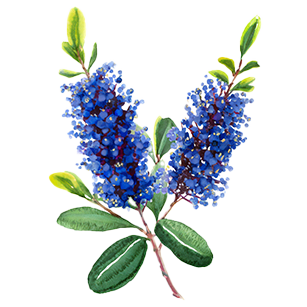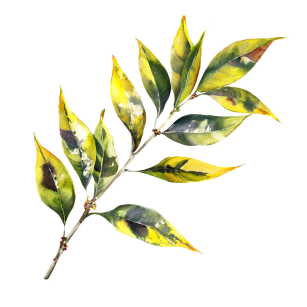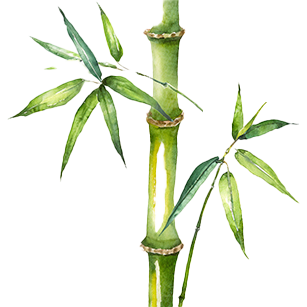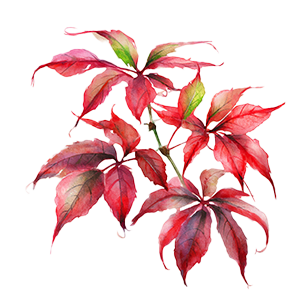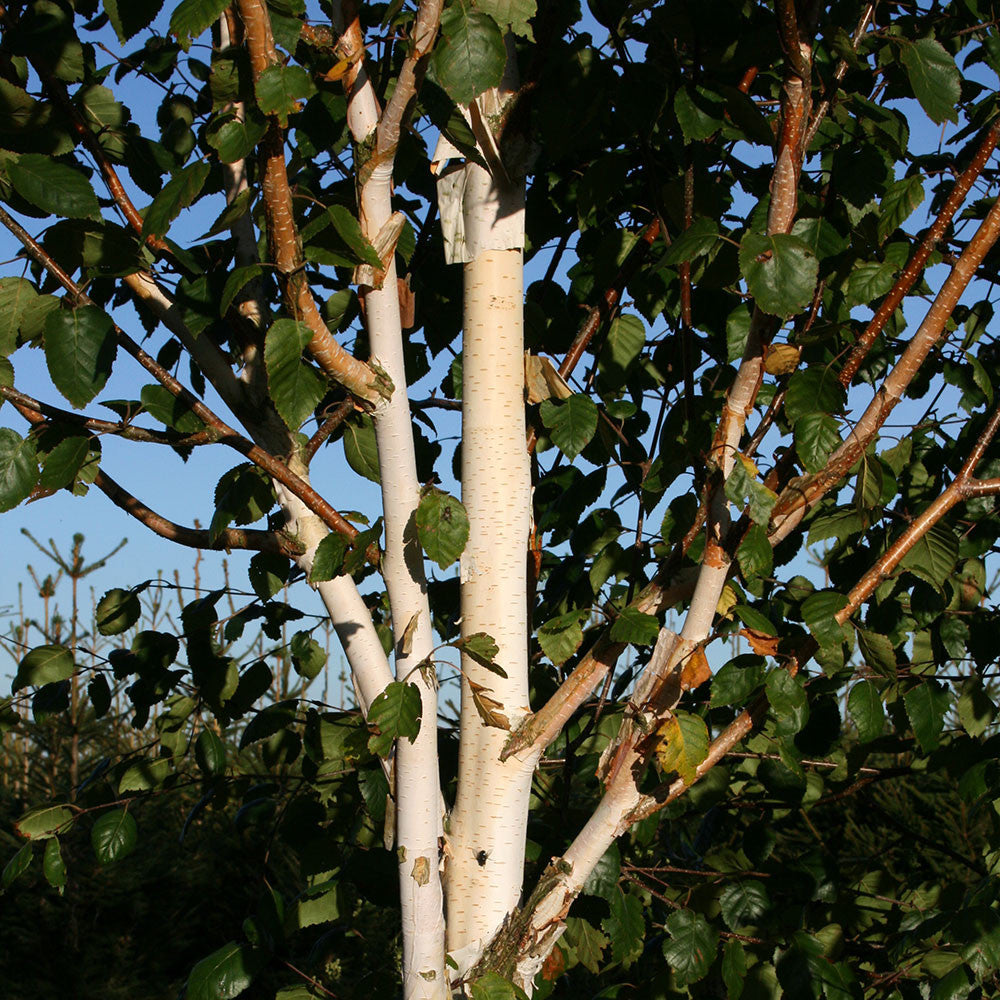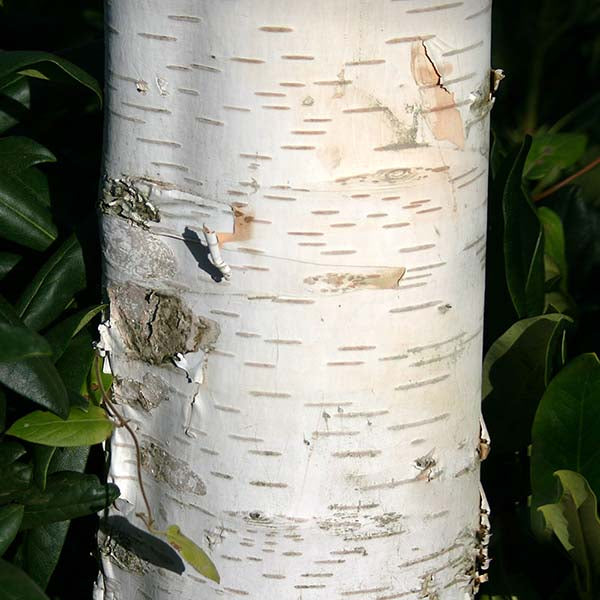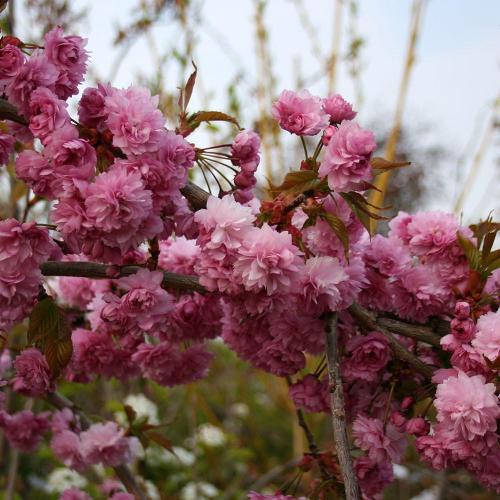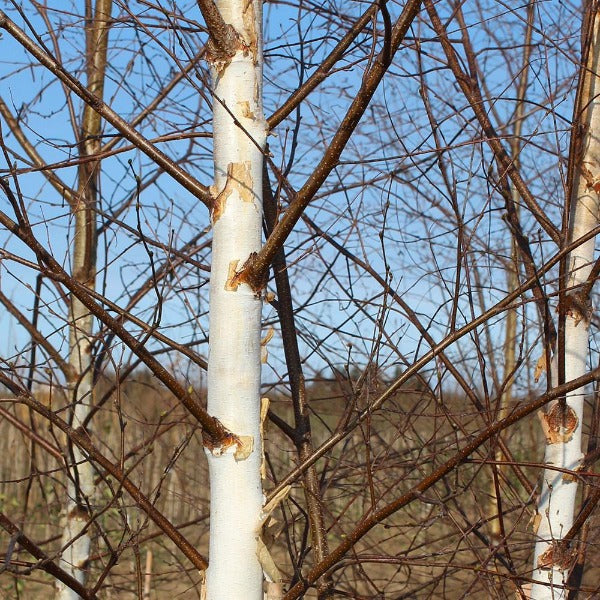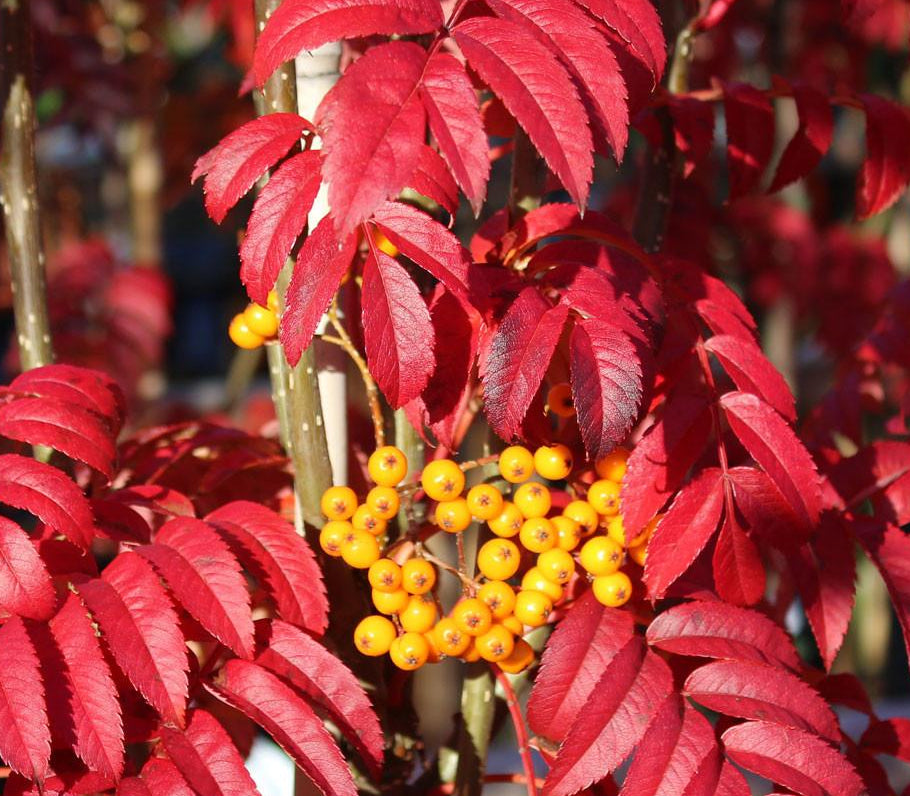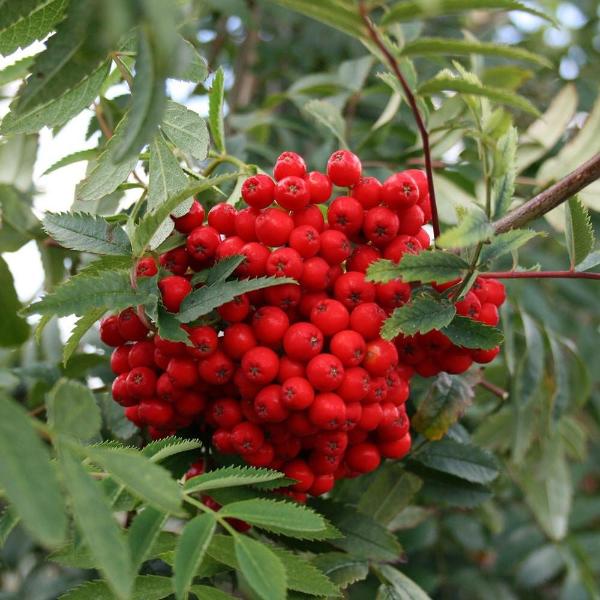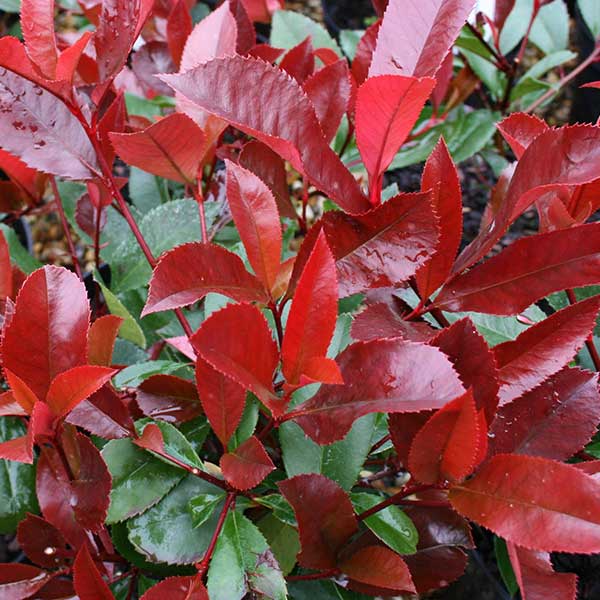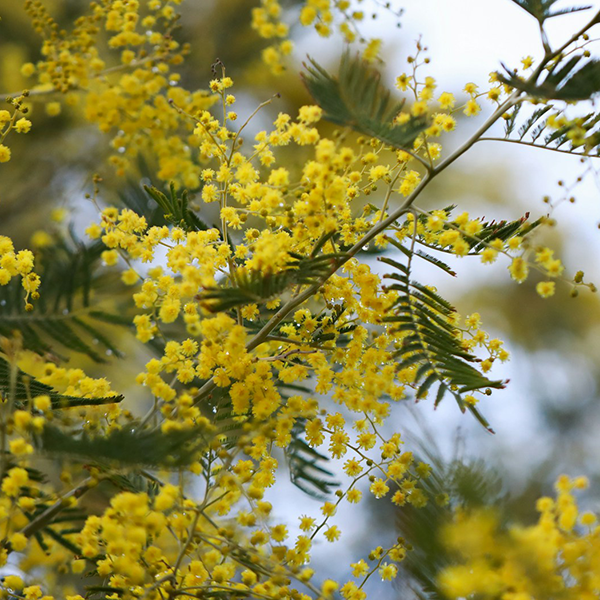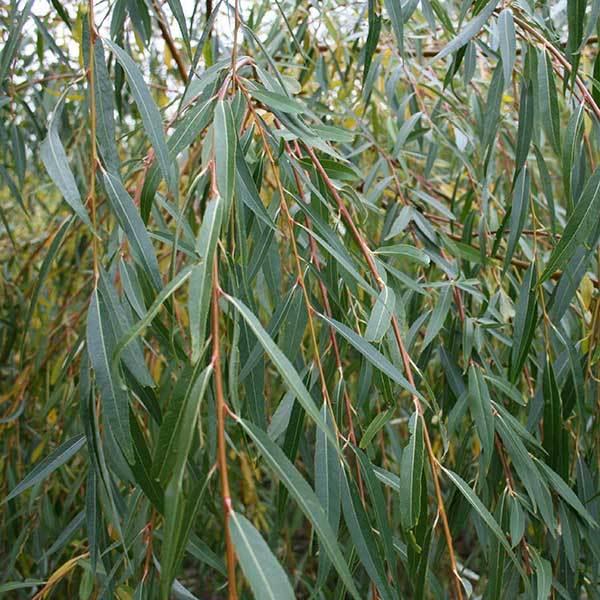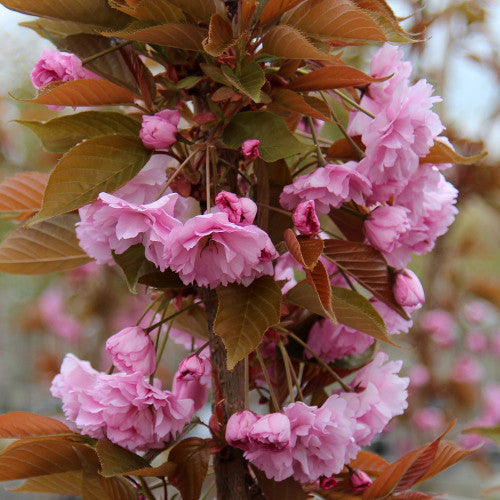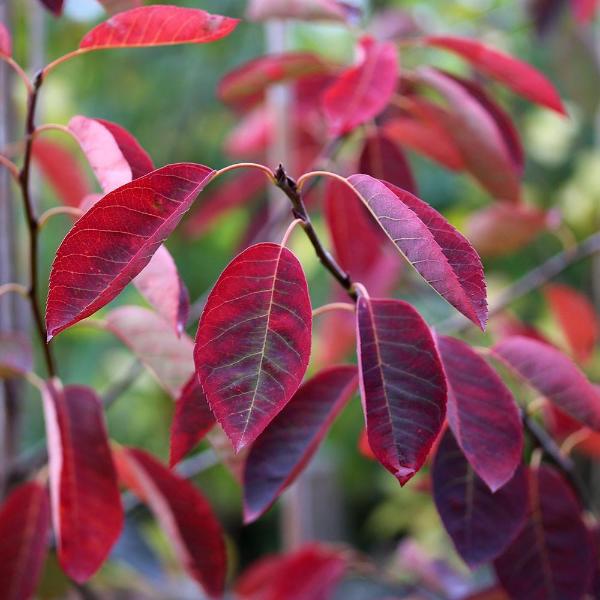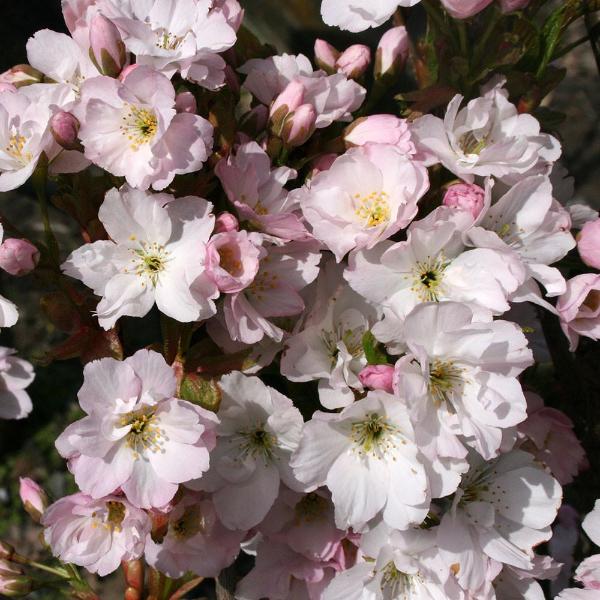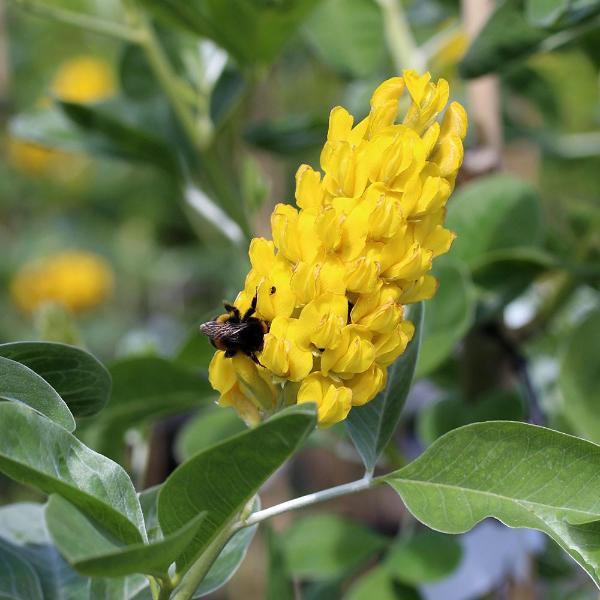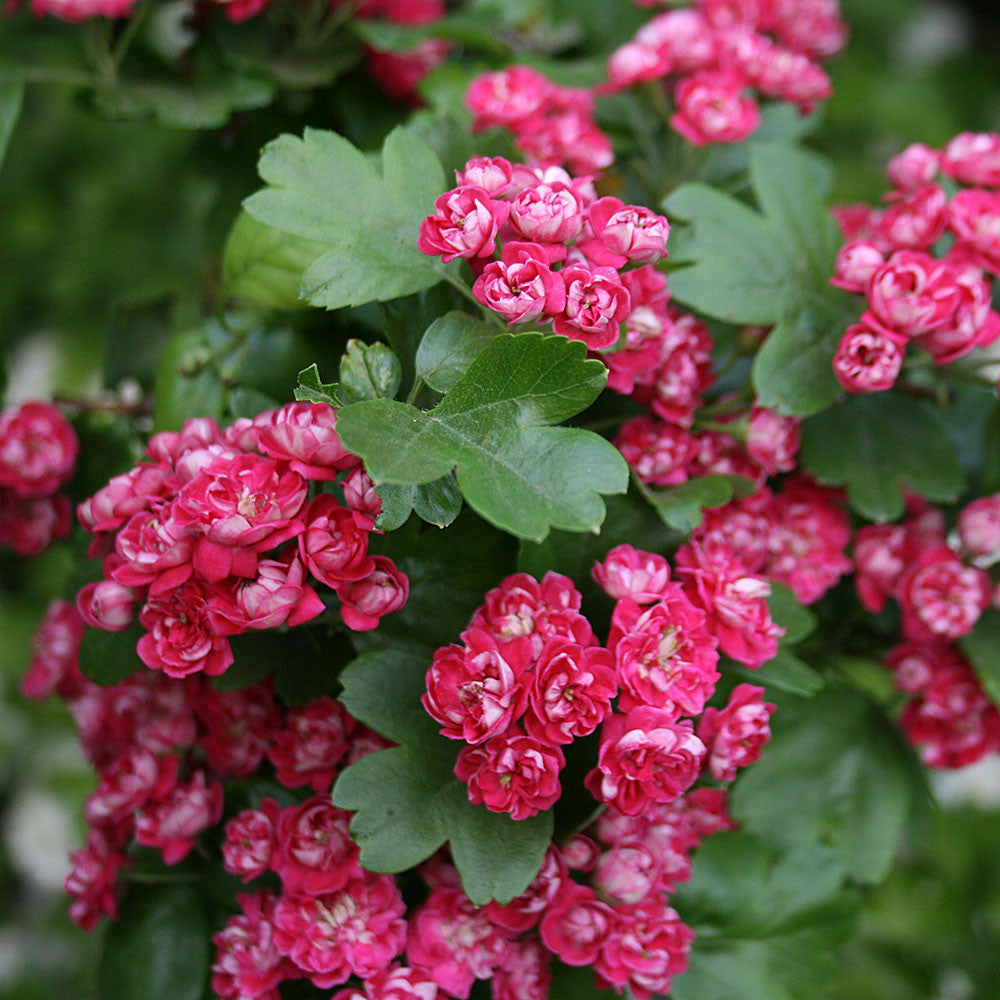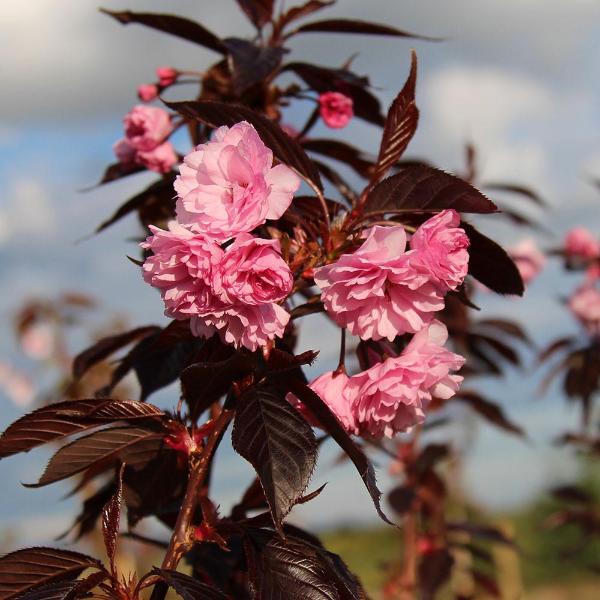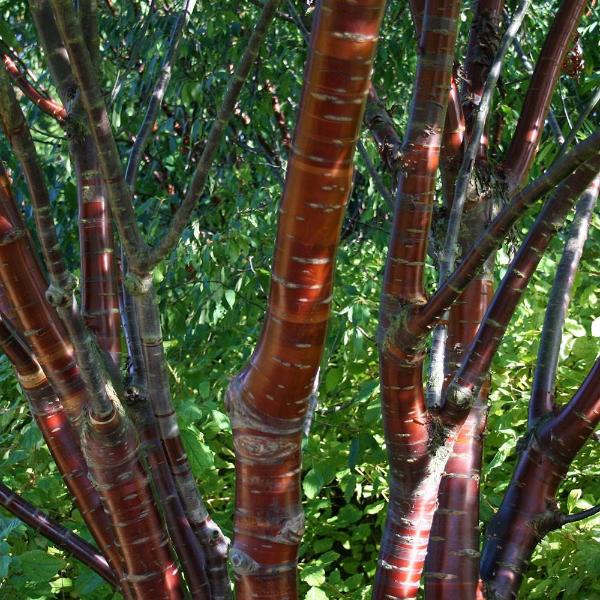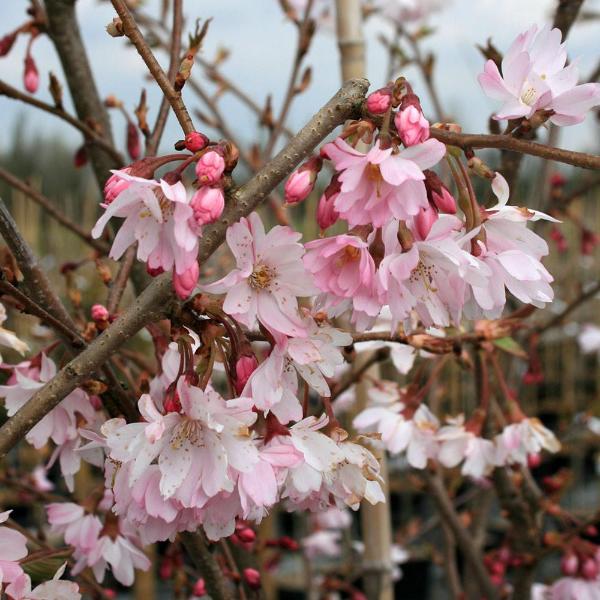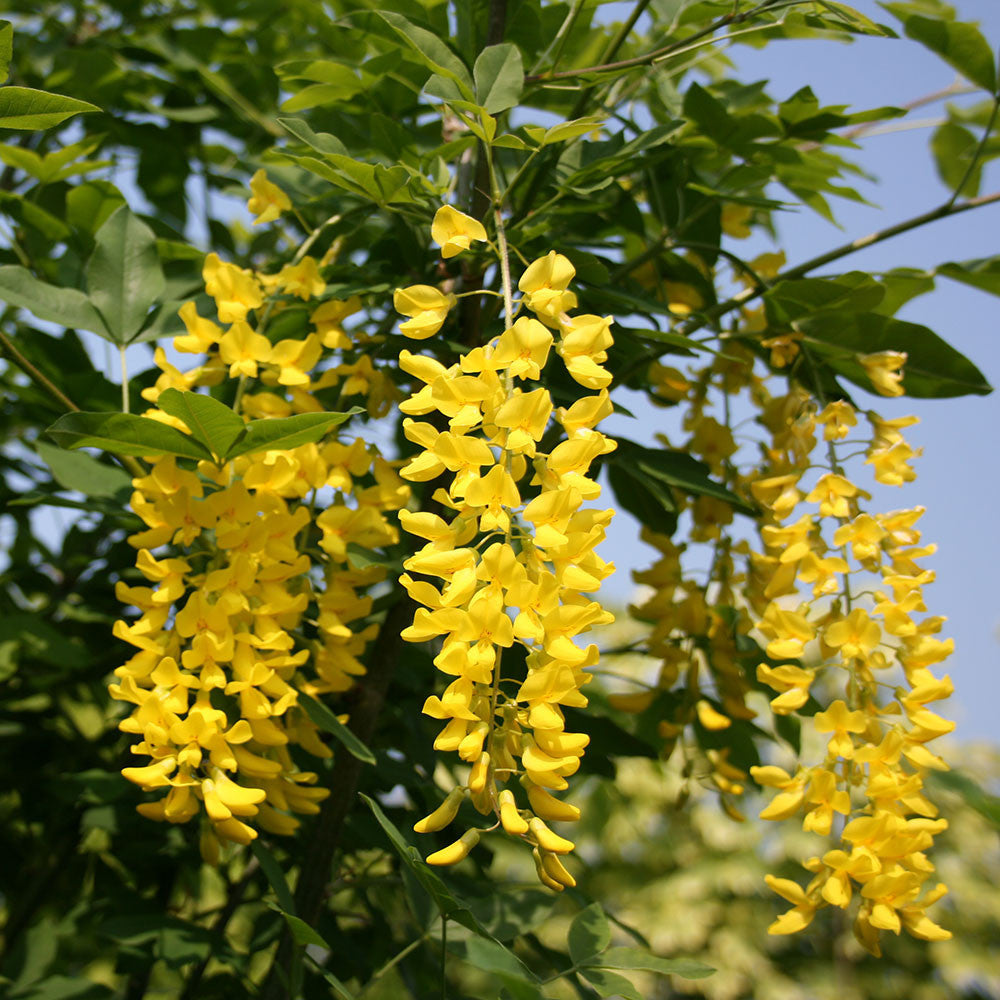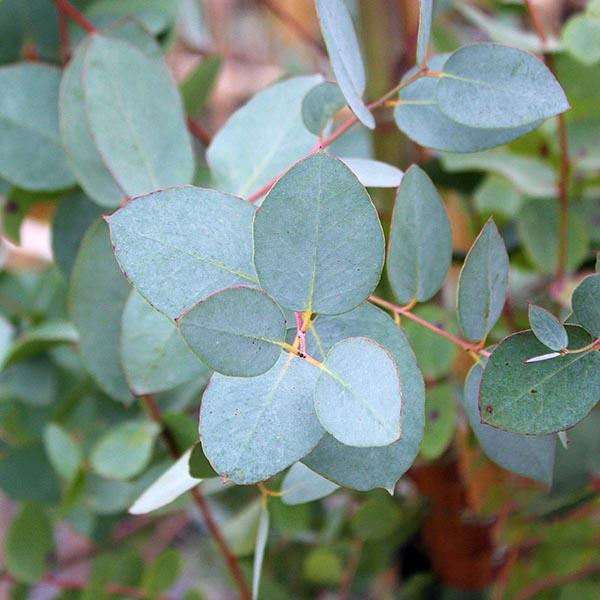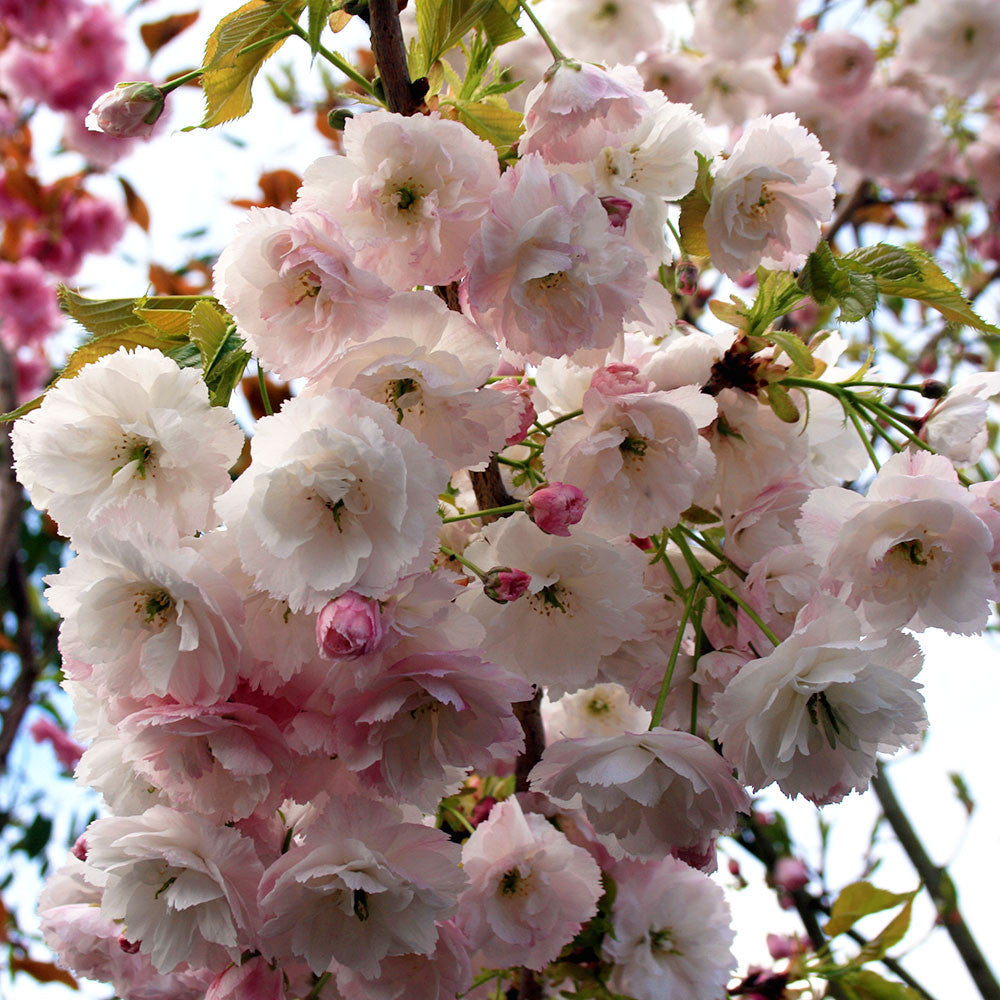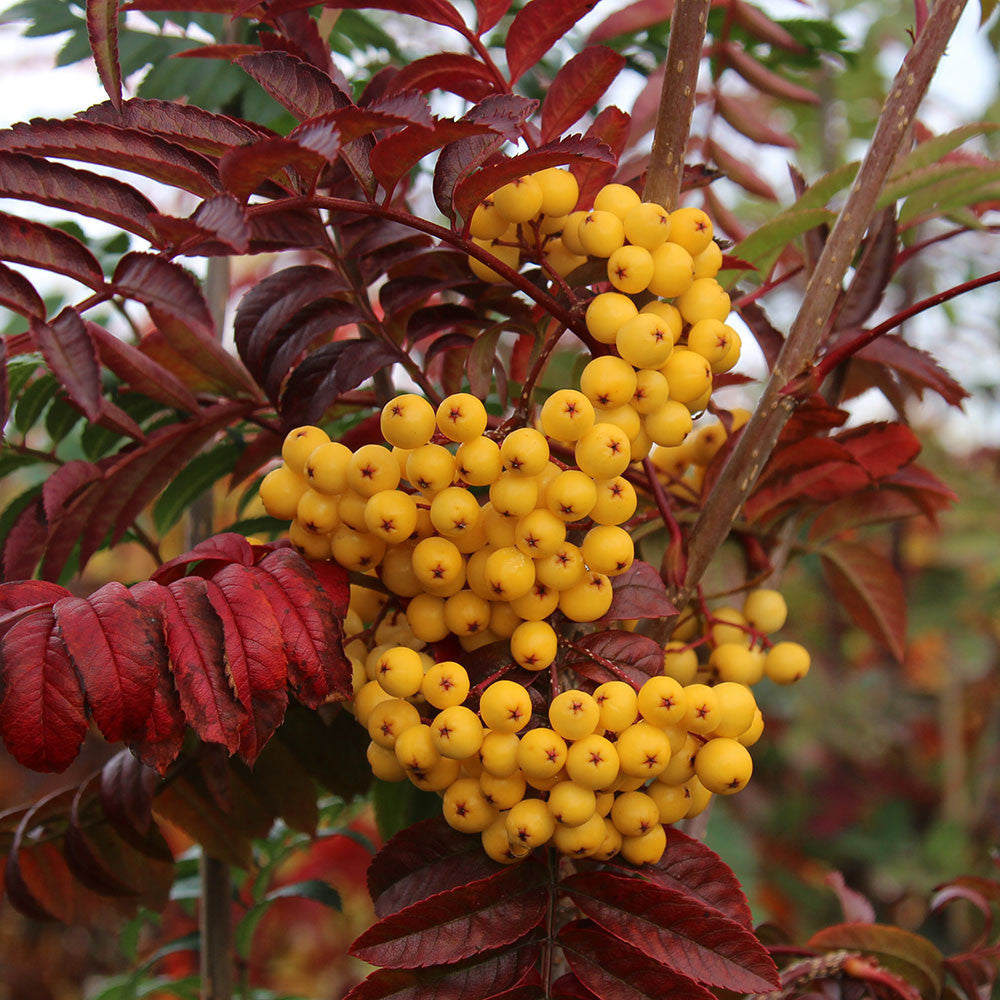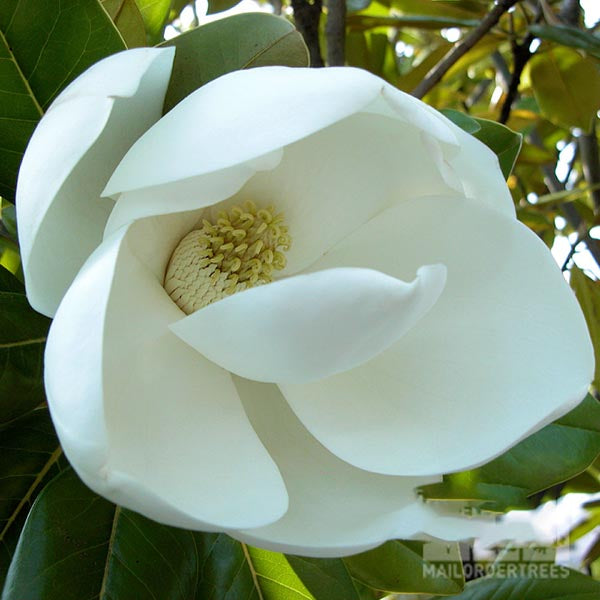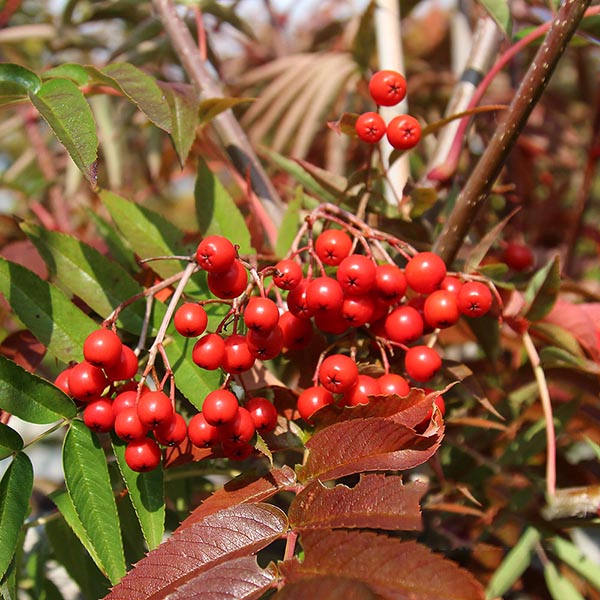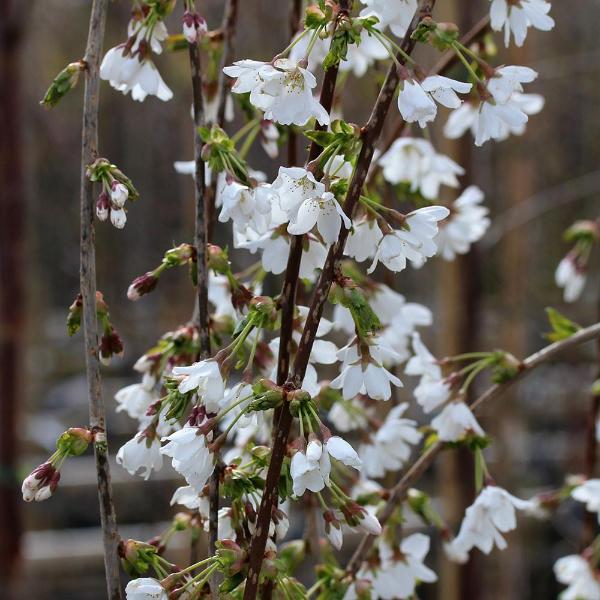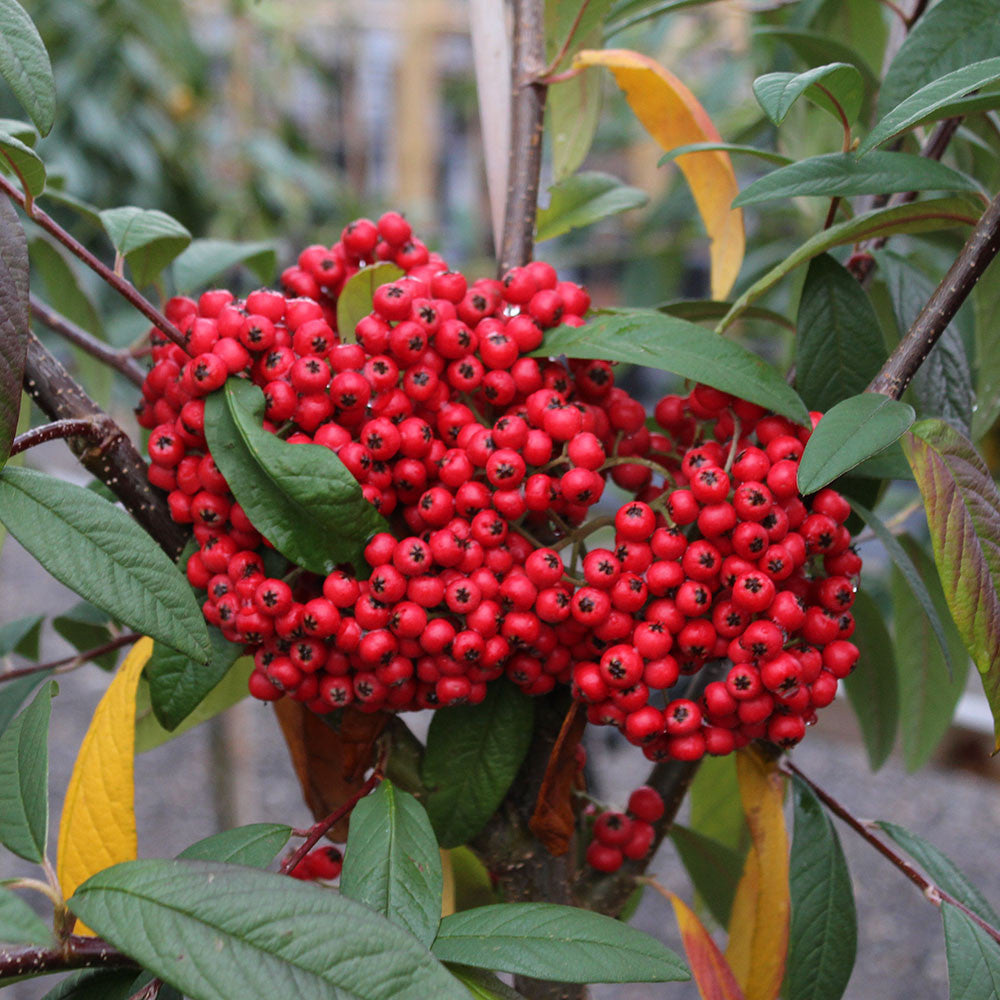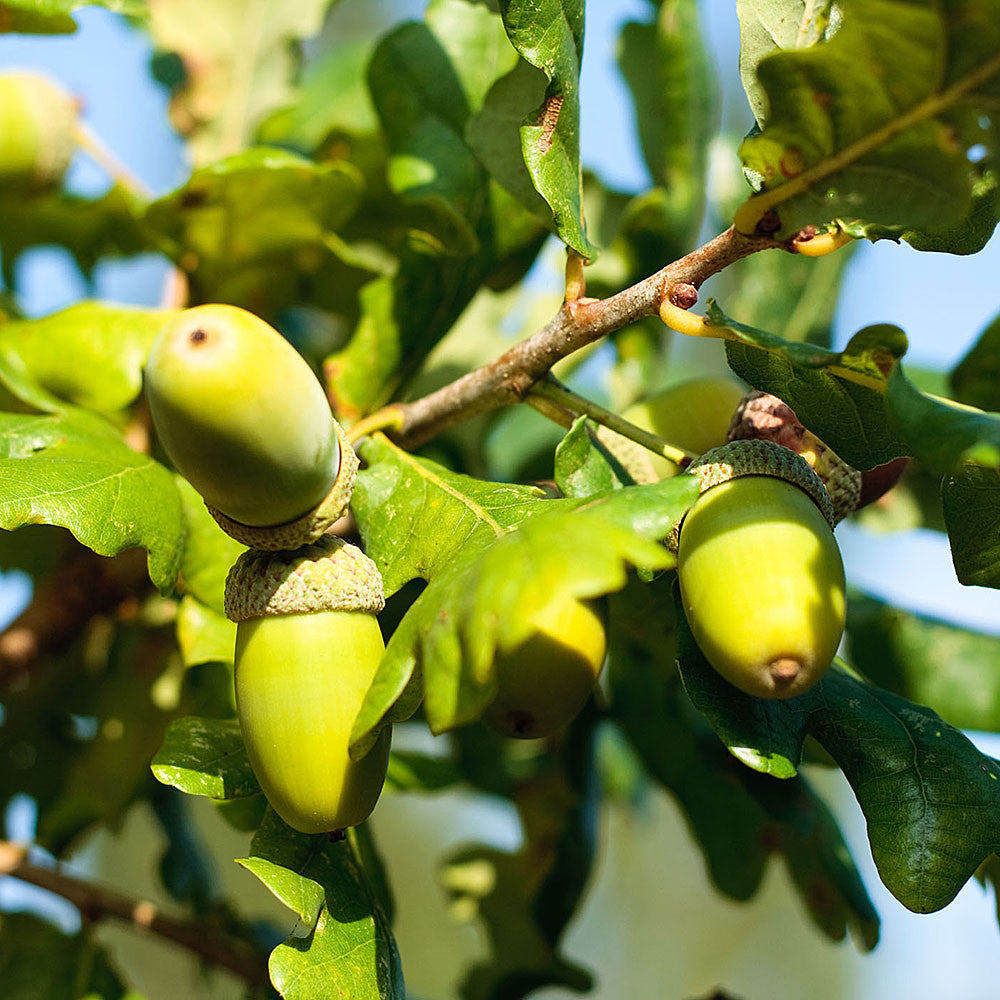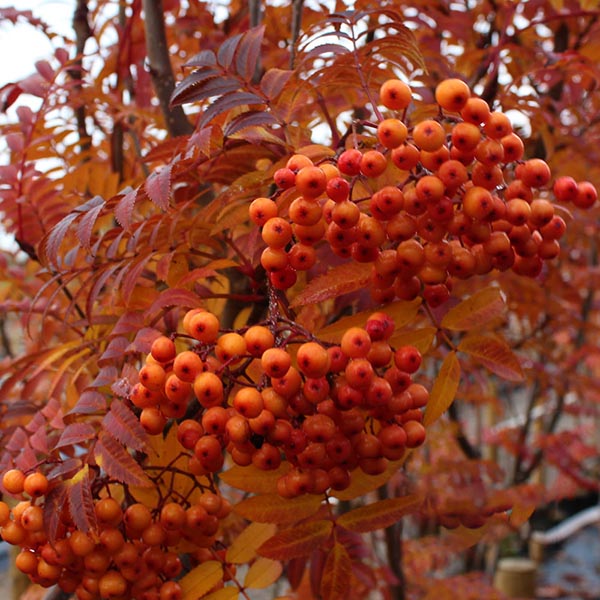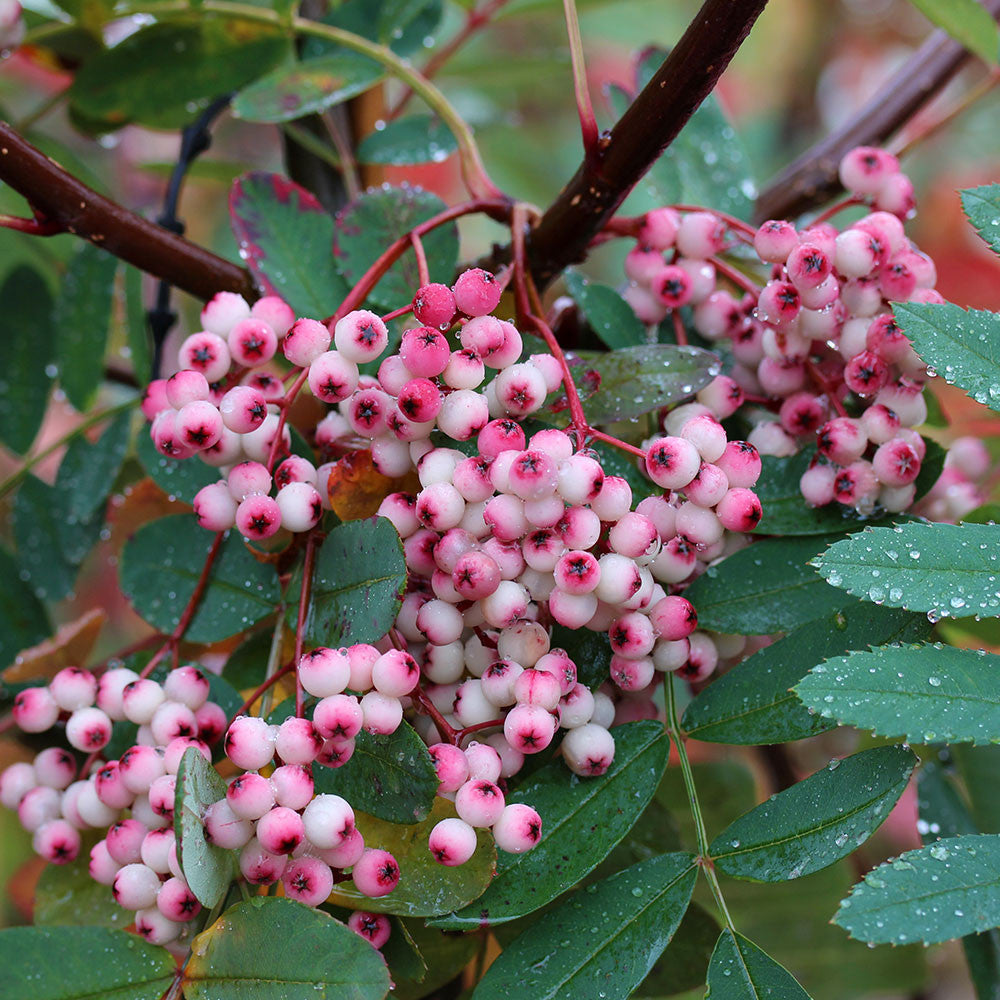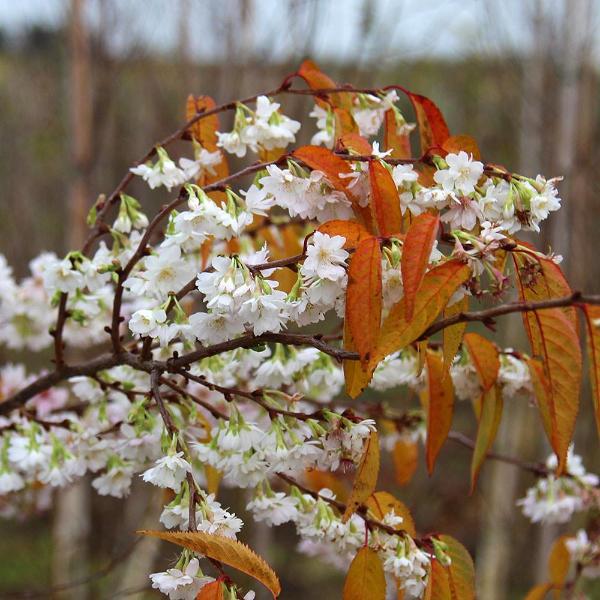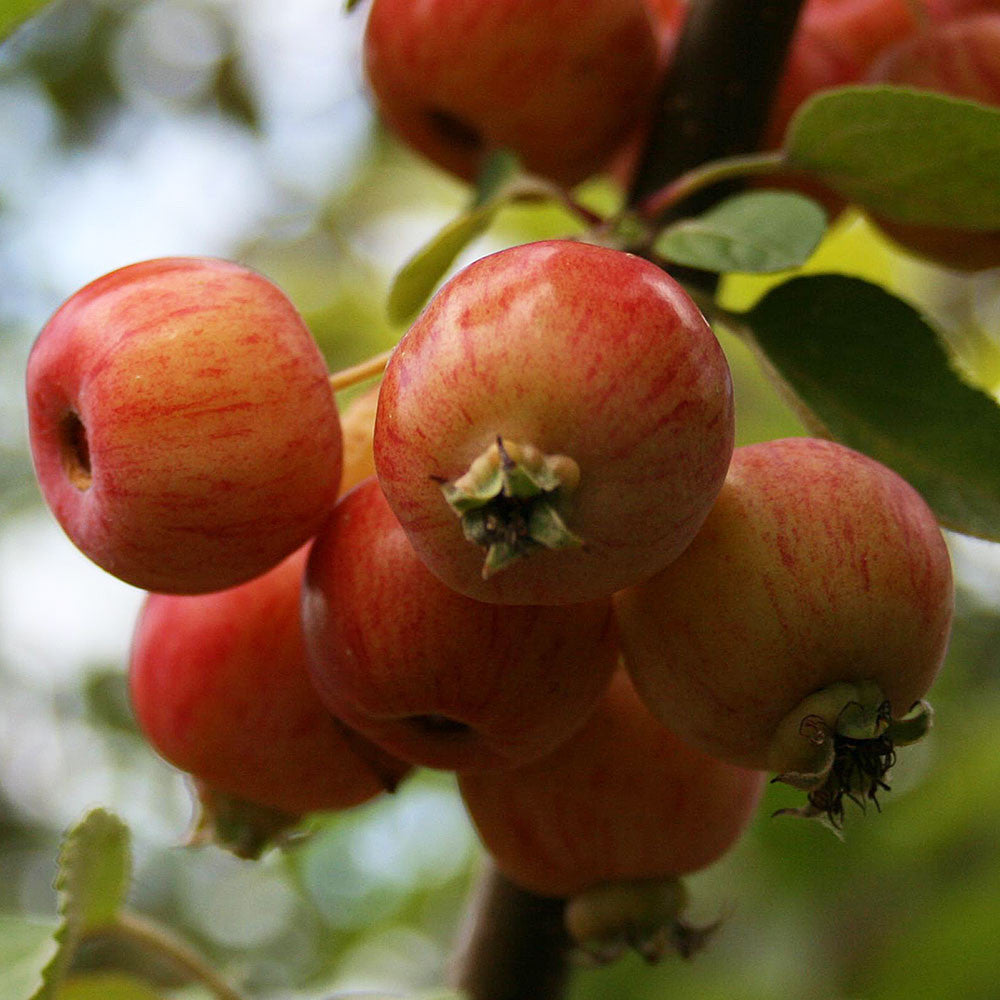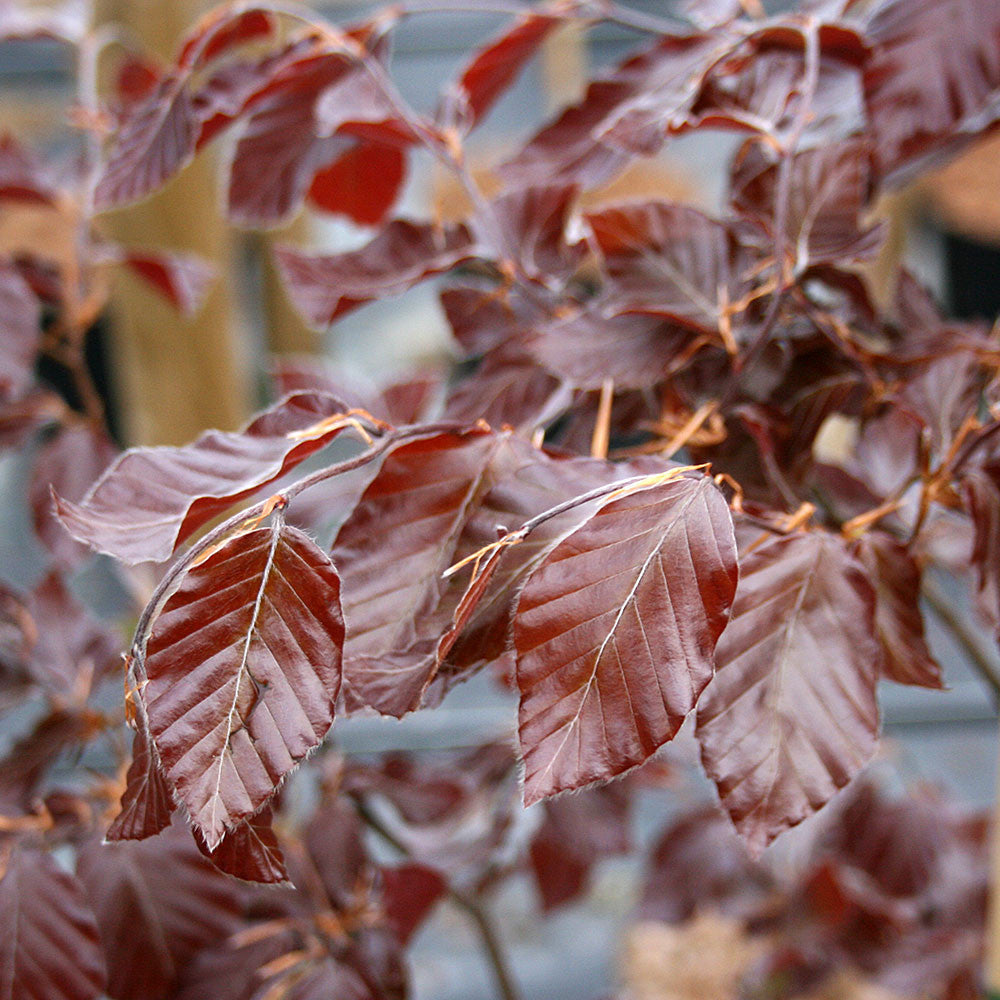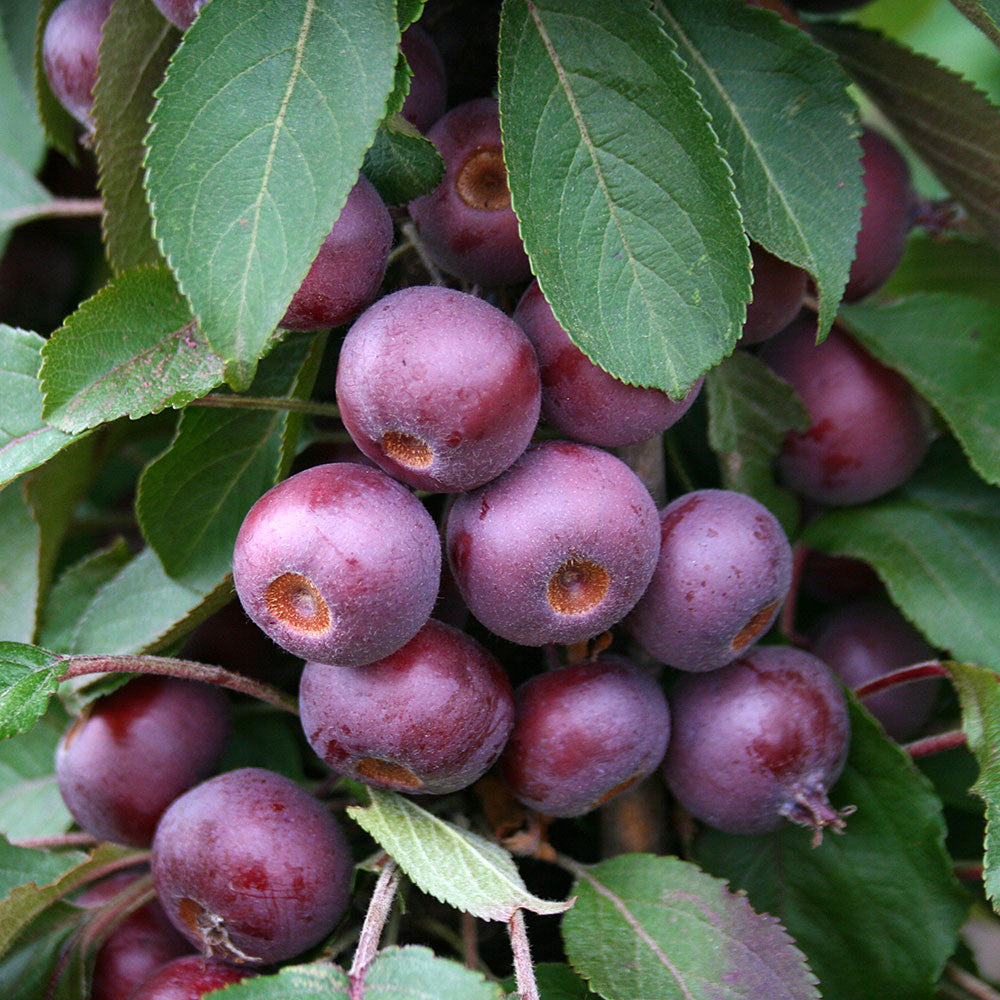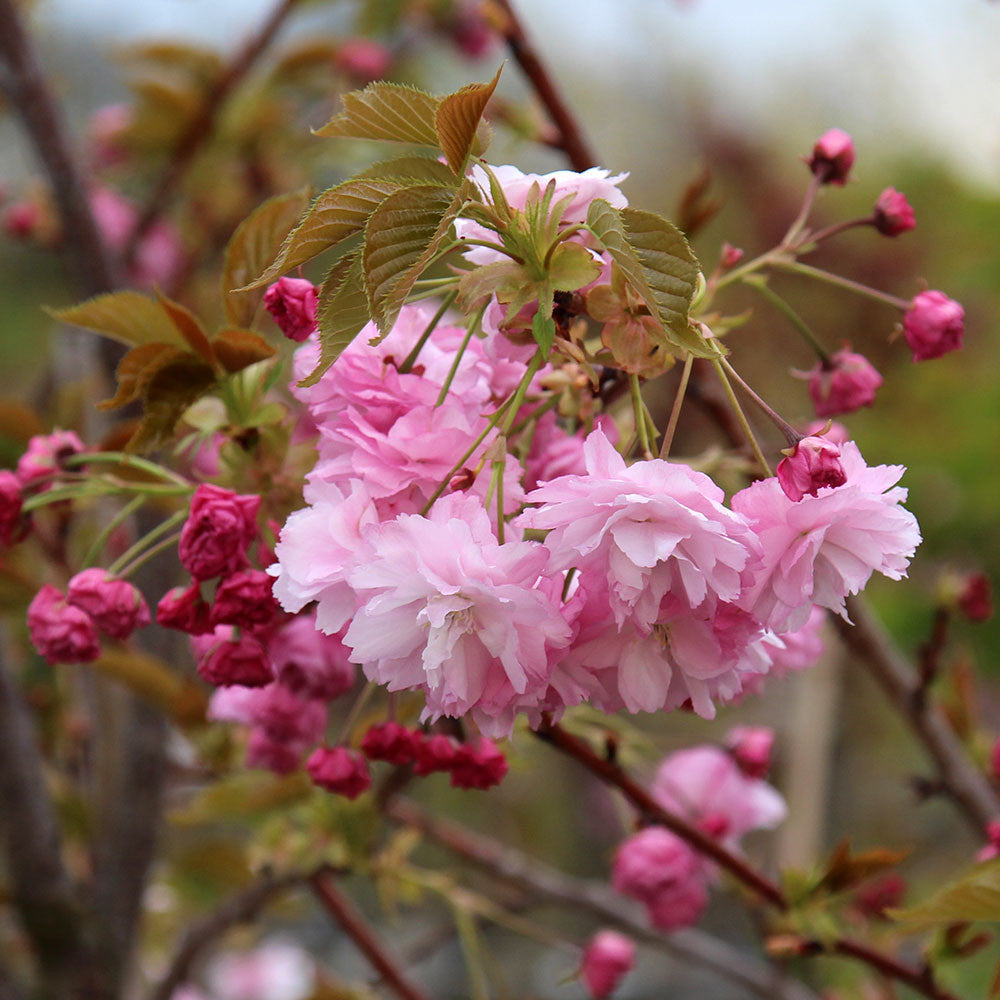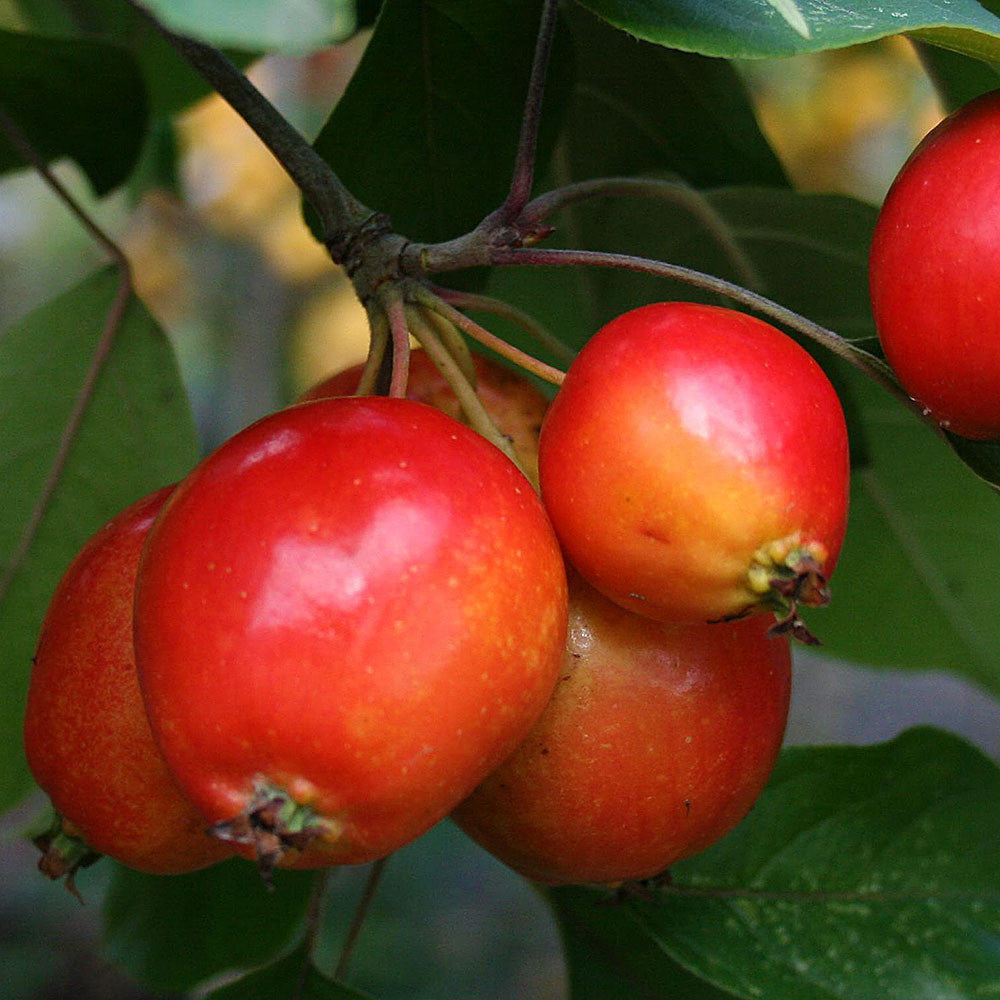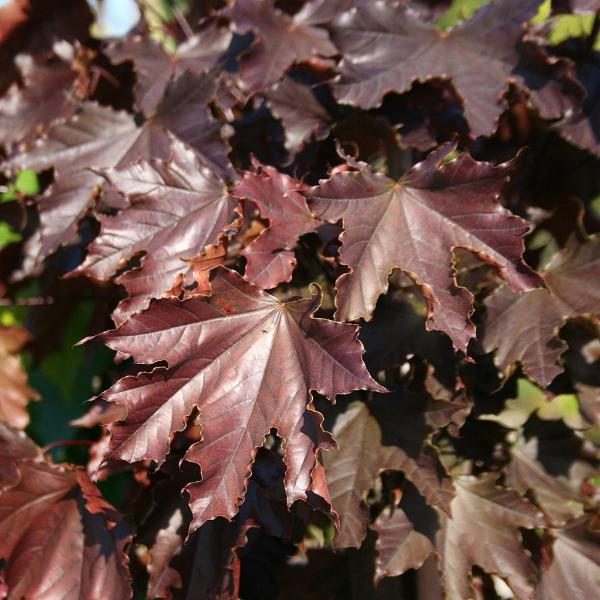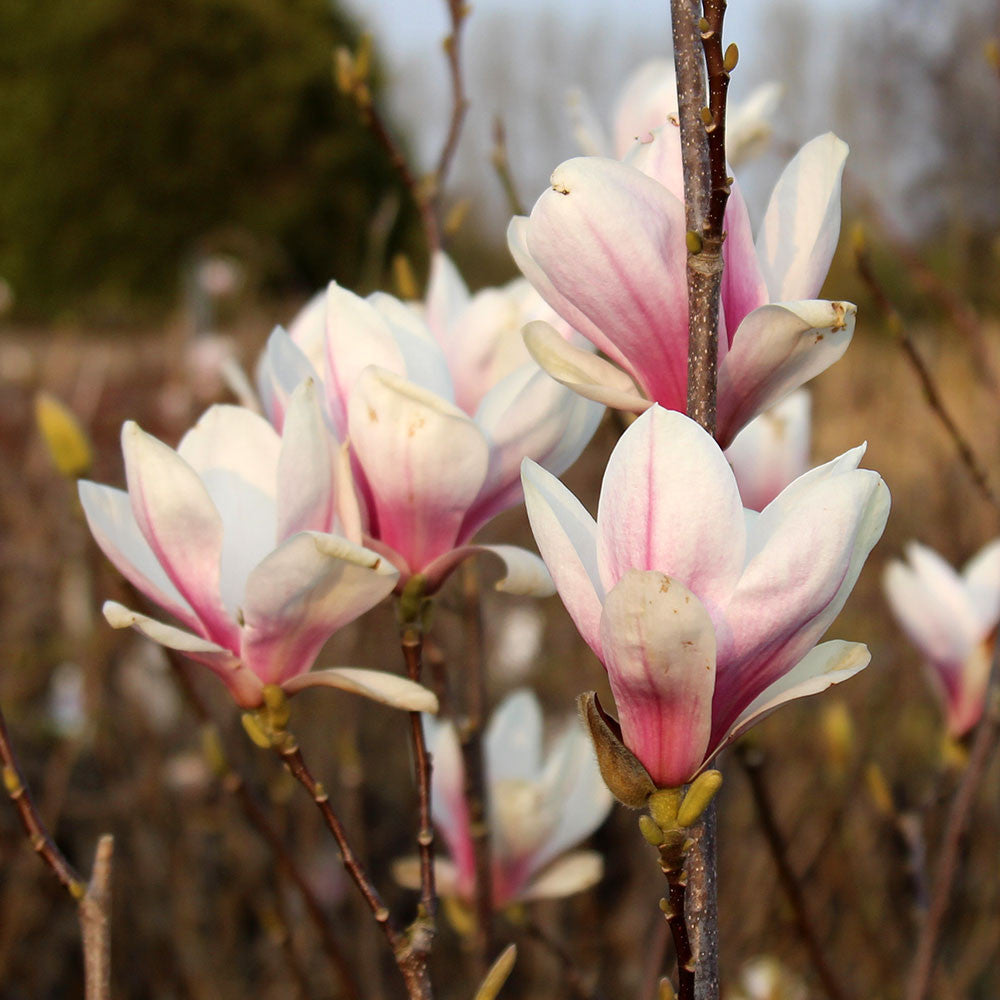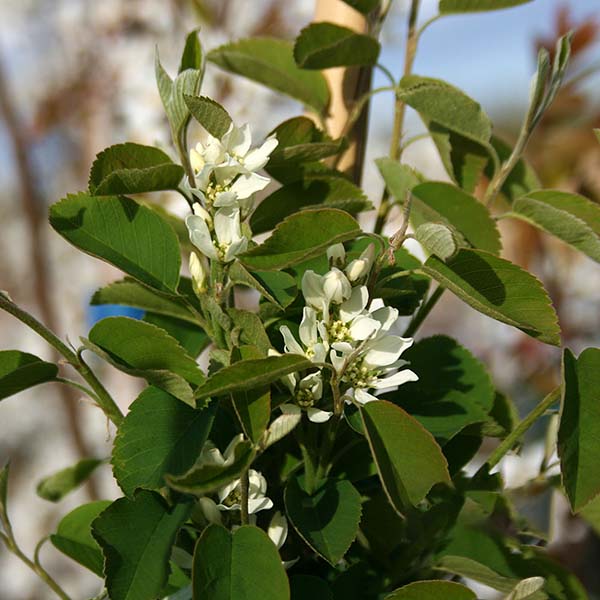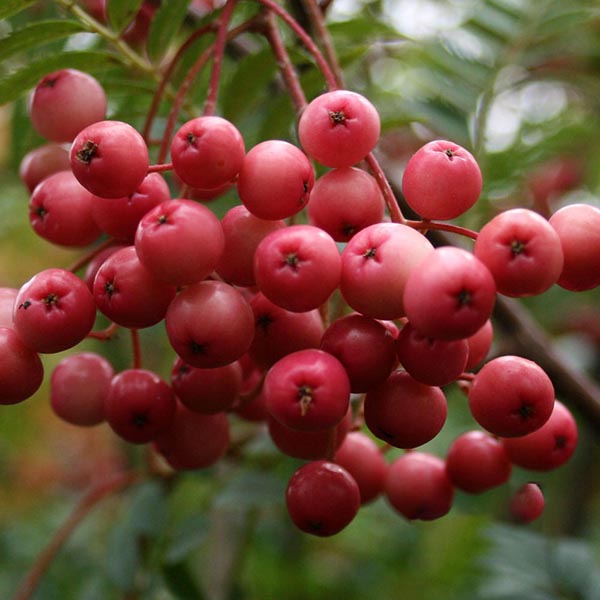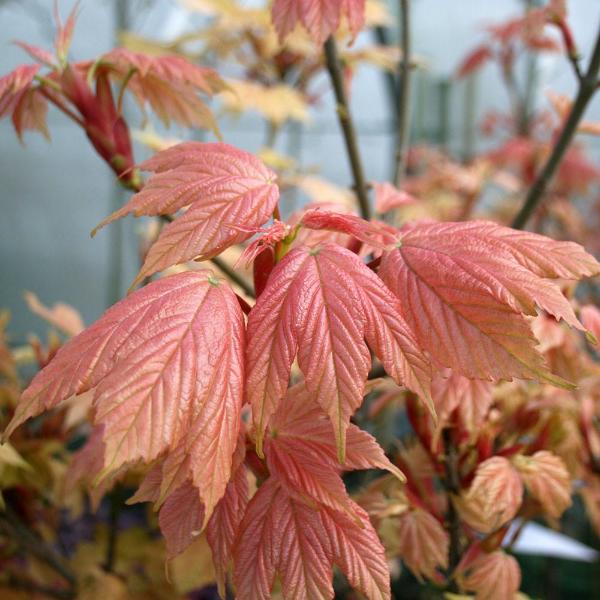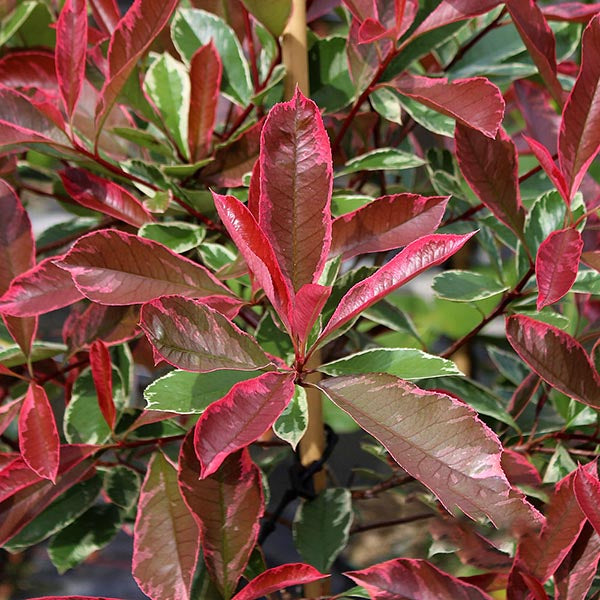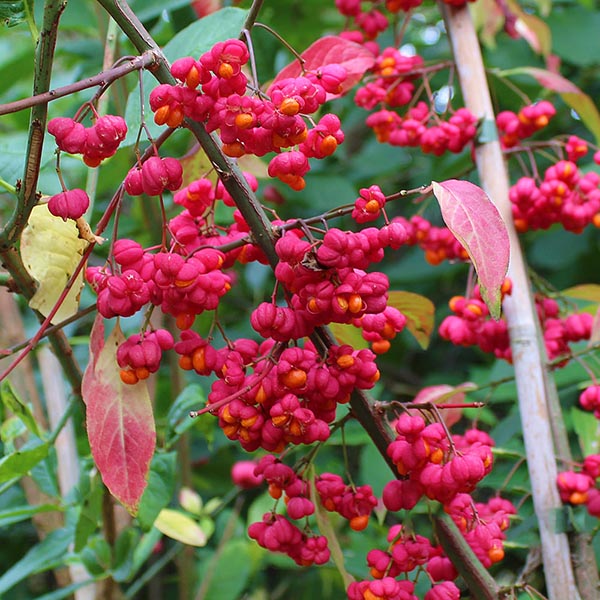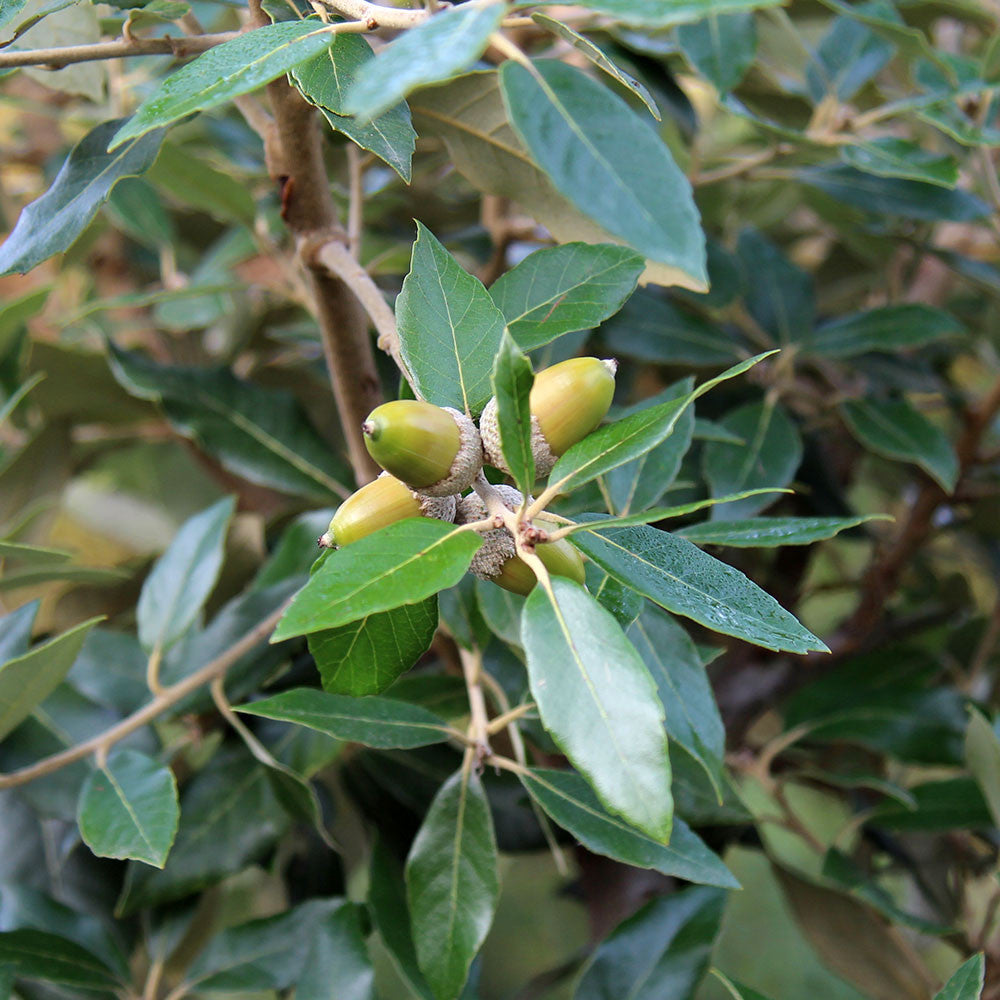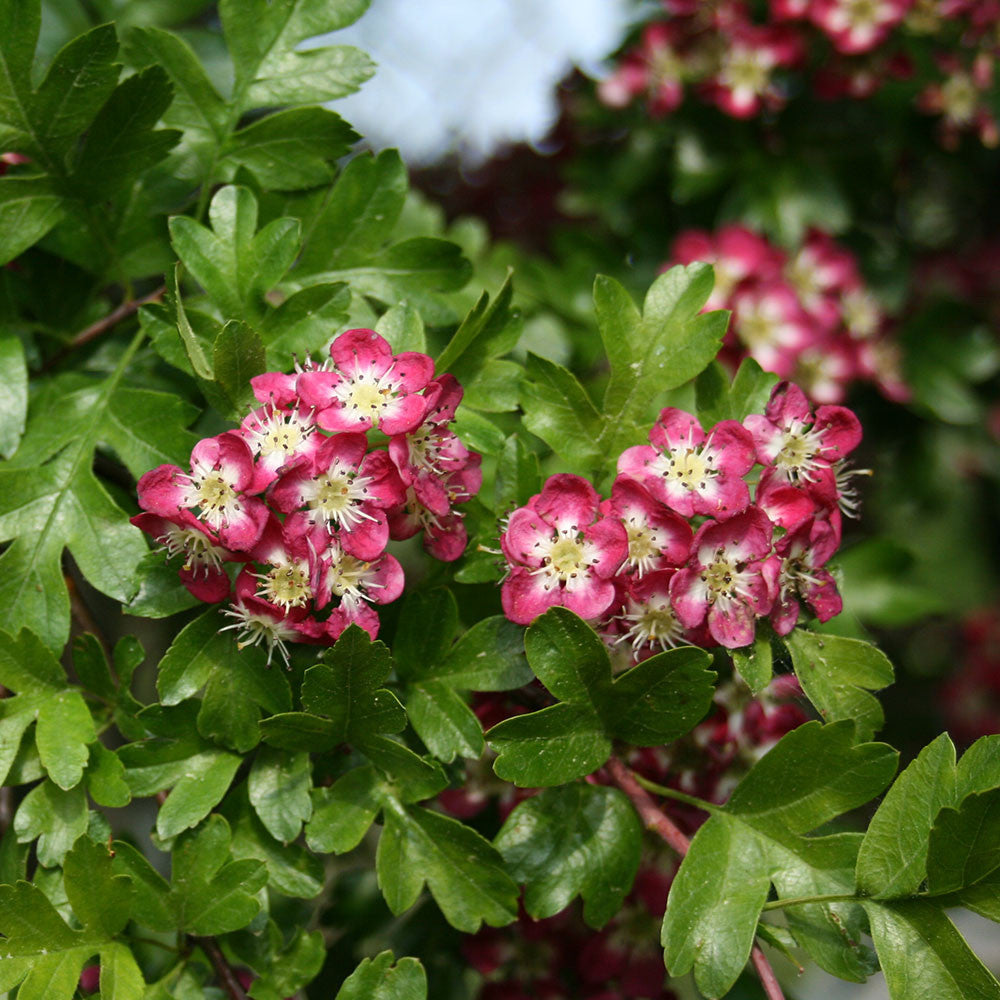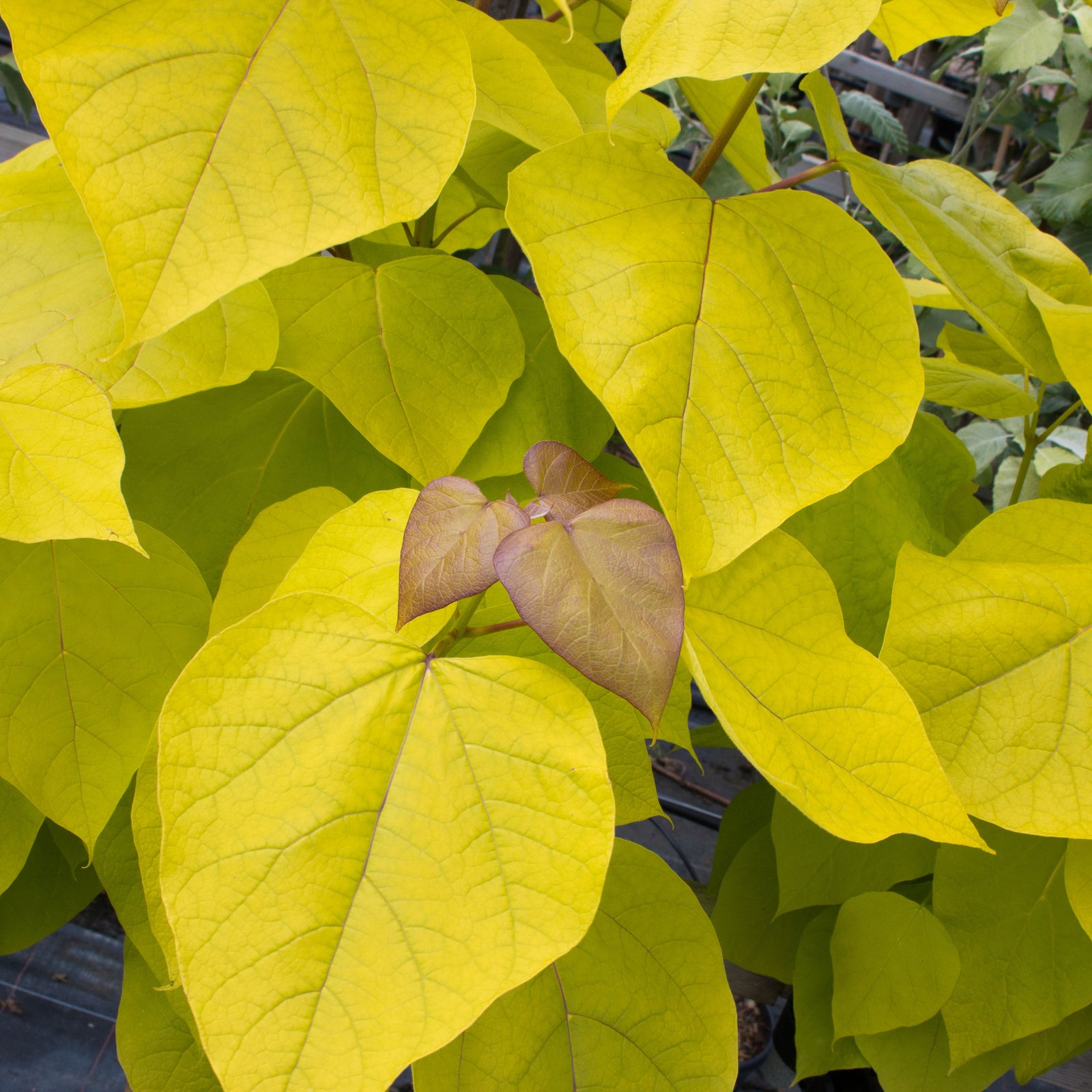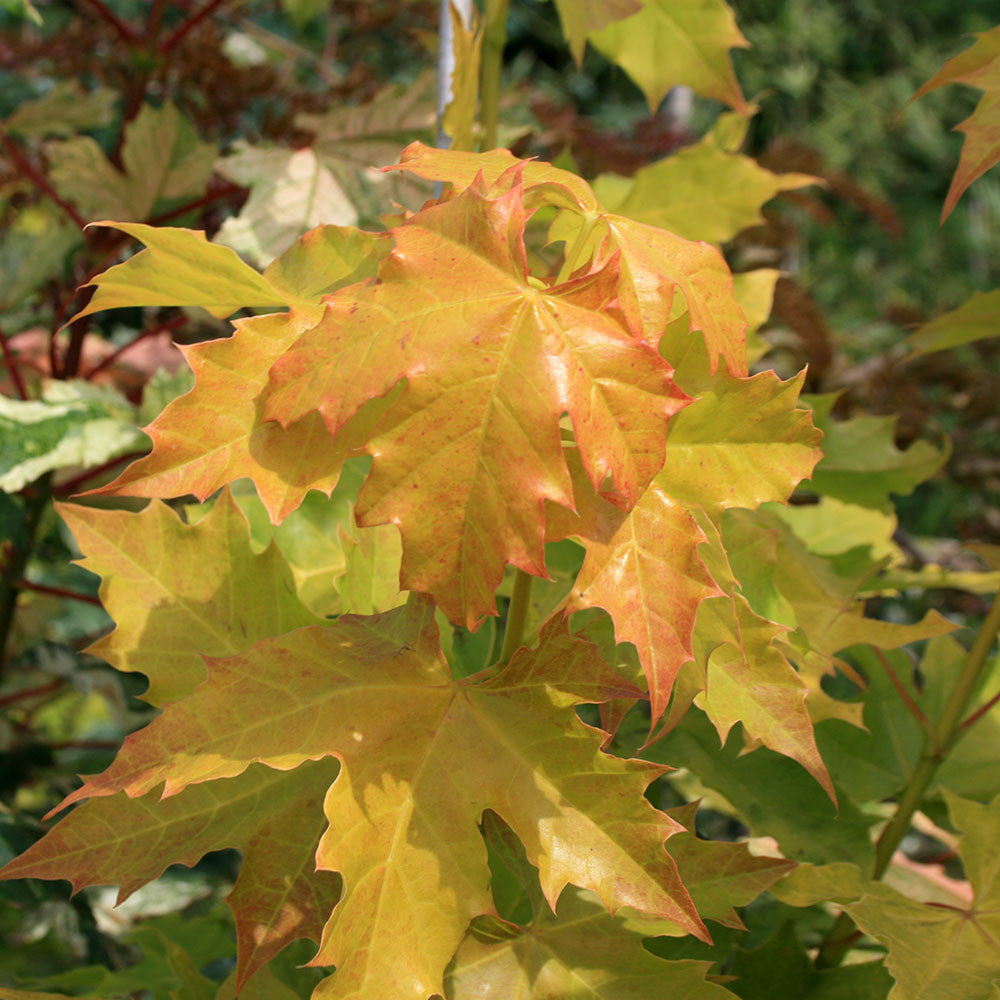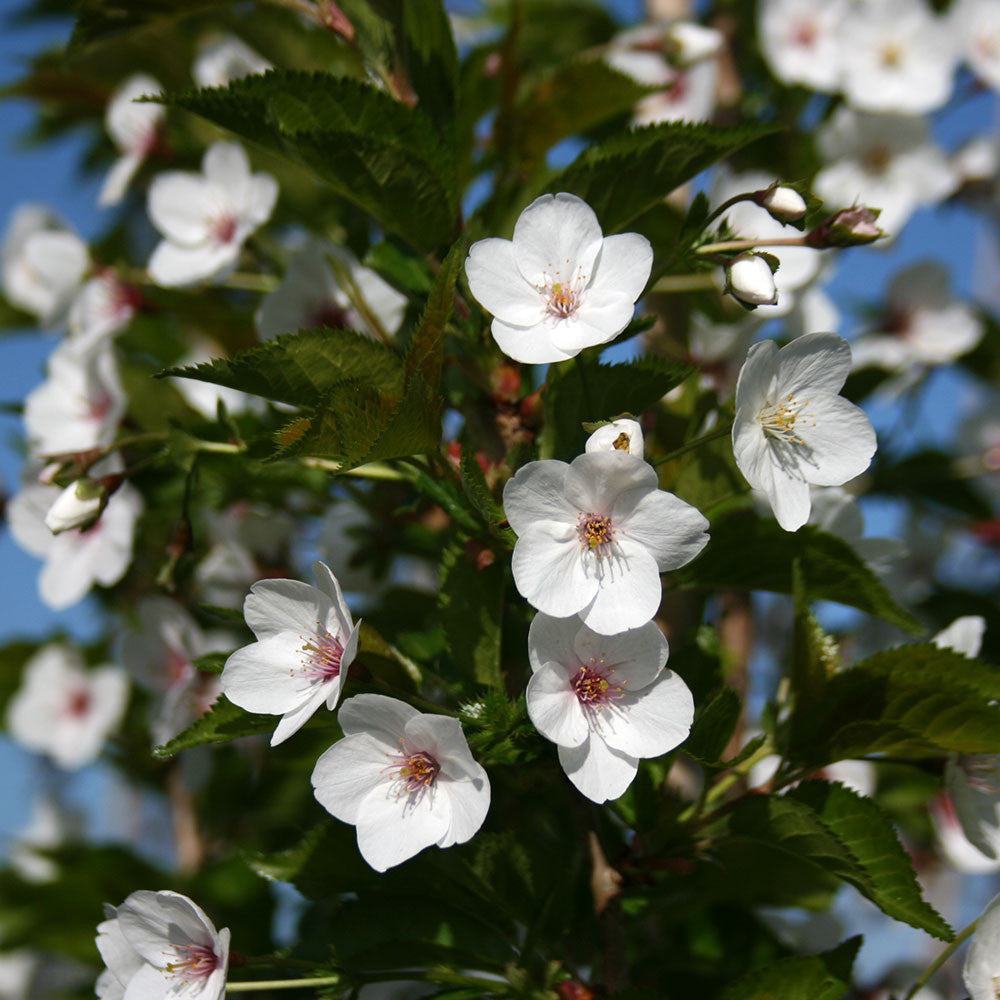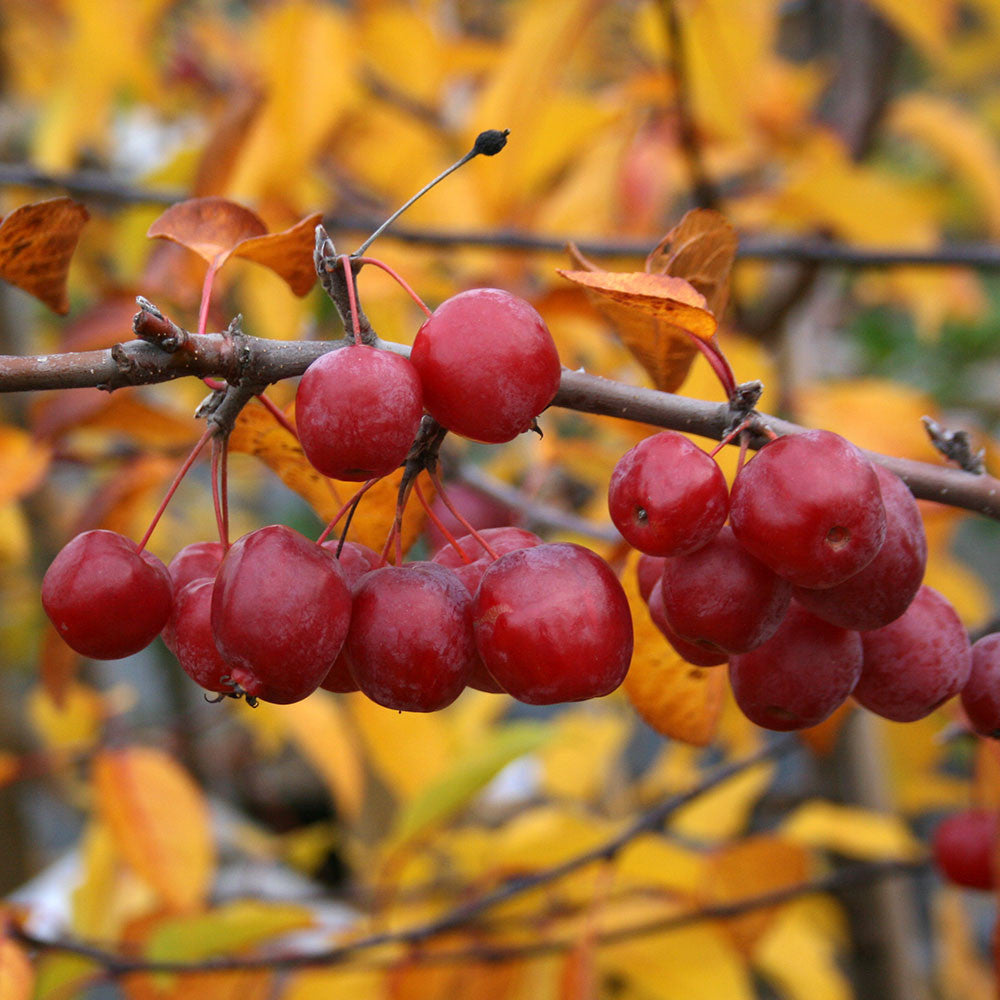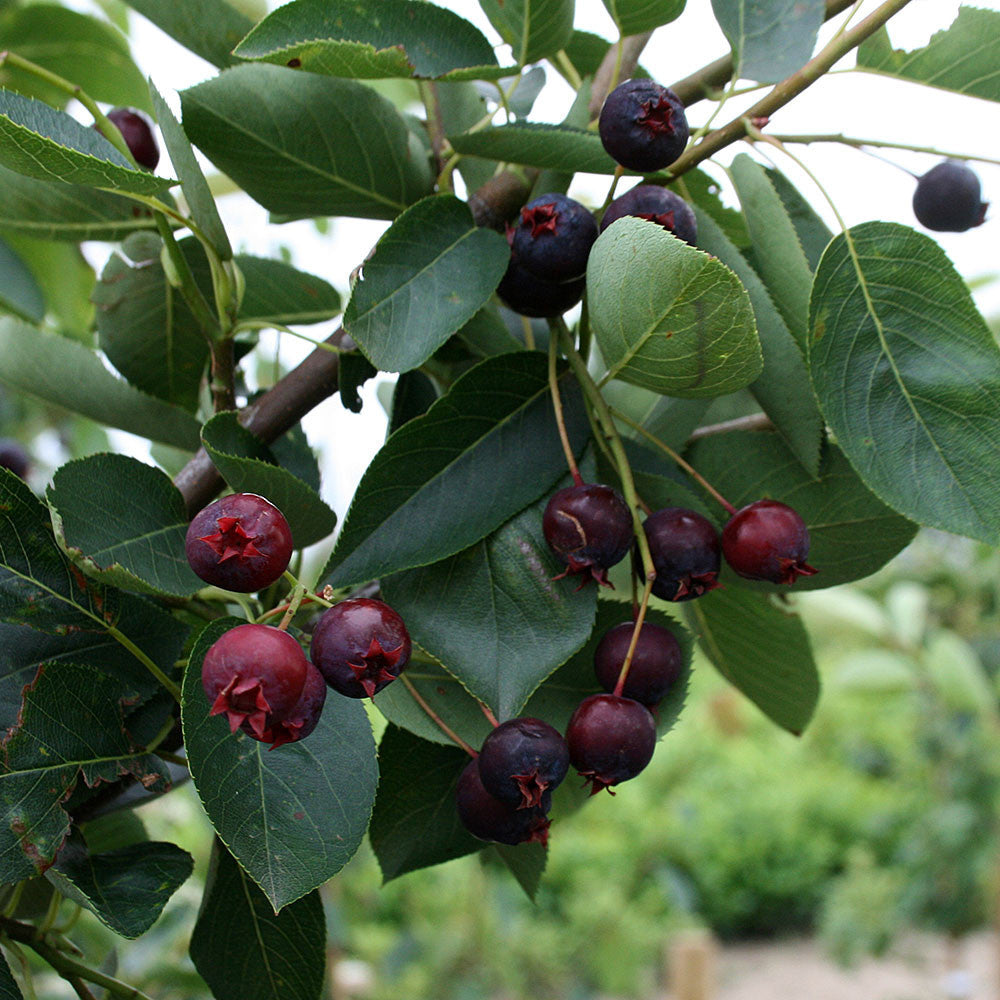Prunus serrula Tibetica
Birch Bark Cherry Tree
Prunus serrula 'Tibetica', or Birch Bark Cherry as it is commonly known, is a tree that is prized for its ornamental red-brown bark. This tree also boasts willow-like leaves and small, cherry-like fruits.
This really is a fantastic tree for year-round interest, as the deep mahogany-coloured bark glistens throughout all seasons. The bark, which peels away in bands with age, makes a really attractive feature in winter as the deep coppery-brown colour stands out in a sleeping winter garden.
This is, of course, a flowering cherry tree, so it does have a blossom is spring: the flowers are small, white in colour and are present in April. The bark is by far the most notable feature of this tree, so this is not the choice if you’re after a profusely flowering tree. The deep green leaves are willow-like and cover the tree in spring, summer, before turning yellow in autumn. Autumn also sees the arrival of the small, cherry-like fruits, which are a great natural bird feeder.
This handsome tree was the worthy winner of the RHS' Award of Garden Merit (AGM) in 2002, but it was first introduced to the UK back in 1908 by Ernest Wilson. Wilson brought the Tibetan cherry tree over from China and it has been a popular choice since its arrival.
This tree needs a sunny spot in the garden for it to really thrive. We would strongly recommend planting it alongside the stunning Betula ‘Snow Queen’, so that the glistening white bark of the ‘Snow Queen’ can contrast beautifully with the deep mahogany sheen of the ‘Tibetica’. This tree also works well when planted as a lawn specimen and, to really set it off in winter, you could add lights to the tree and enjoy the glossy bark being highlighted by the twinkle of the lights.
Common Name: Birch Bark Cherry TreeLatin Name: Prunus serrula 'Tibetica'Soil: Tolerates most soil typesPosition: Full sunFlowering period/colour: May/WhiteHardiness: Fully hardyHeight/spread in 20 years: 5m x 4mSpecial features: Beautiful polished mahogany-like bark.













